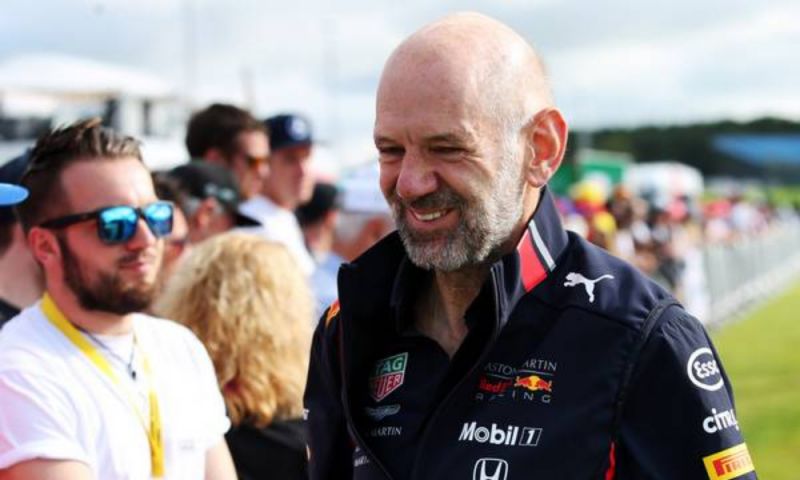F1 News

PART 3: The Legends that changed F1 - Adrian Newey
Welcome back to GPBlog’s summer series, ‘The Legends that changed F1’. The sport has come a long way since its inception in 1950 and there have been plenty of key figures who have changed the game. This time we’ll be looking at Adrian Newey, who was instrumental in dominant periods for Williams, McLaren and Red Bull.
Born in Stratford-upon-Avon, Newey graduated from the University of Southampton in 1980 with a degree in Aeronautics and Astronautics, and immediately began working in Formula One with the Fittipaldi and March teams.
However, it was over in America where Newey first made his mark, in the CART series. Newey’s designs were victorious in both 1985 and 1986, earning him a move back to Formula One with March, which would soon become Leyton House.
Leyton House’s results weren’t successful and Newey was let go at the end of the 1990 season, joining Williams, where his talent would soon shine through.
Upon his arrival, Williams were already a top team, but had been behind rivals McLaren and Ferrari for a few seasons, winning just four races in the previous three seasons.
Teaming up with Patrick Head, Williams developed a new active suspension. The active suspension allowed the car to use an onboard computer to control the suspension, rather than simply reacting to the road surface. This enabled superior handling on the 1992 and 1993 cars, which dominated the Formula 1 championship, winning both constructors’ and drivers’ titles, with Nigel Mansell taking victory in 1992, and the returning Alain Prost winning his fourth title in 1993.
For 1994, active suspension was banned, along with traction control and other driver aids, but Williams completed the marquee signing of Ayrton Senna to partner Damon Hill.
It was clear from the start that the 1994 Williams was not the easiest to handle, and they lagged behind the Benetton in the early part of the season. At the third round at Imola, tragedy struck as Senna was killed early on in the race.
Whilst Williams recovered over the season, with Hill almost taking the title, the legal case in Italy surrounding Senna’s death rumbled on, with potential manslaughter charges on the team, including Newey.
This legal case and a desire to become technical director led to Newey and Williams parting way in 1996, joining McLaren for the following season.
Newey joined too late to seriously affect the 1997 car, so instead focussed on their challenger for the season after.
A season long battle with Ferrari saw McLaren come out on top, with Mika Hakkinen winning the drivers’ title.
The Finn repeated the trick the following year, affirming Newey’s exceptional ability as a designer.
In the early 2000s, Newey and McLaren had no answer to Michael Schumacher and Ferrari, and a rumoured move to Jaguar caused unrest between Newey and the team.
After years of exit rumours, he finally joined Red Bull in 2006, with the energy drinks company taking over from Jaguar for the 2005 season.
A midfield team upon his arrival, Newey helped to convert Red Bull into a race winning team by 2009, as they just missed out to Brawn GP.
The following season was a different story, as Sebastian Vettel won his first title, with Mark Webber third, securing the team’s first drivers’ and constructors’ championships.
A period of dominance followed, with Vettel winning four driver’s titles in a row and the team winning four constructors’ championships in succession.
This was largely down to the success of the rear blown diffuser, which was used to create rear downforce, sticking the car to the road and making it easier to push through the corners, and made a strange but incredible noise when braking and downshifting for corners.
Since the 2014 rule changes, Red Bull have struggled to return to those heights, but with Newey still at the team, there’s every chance that when the 2021 revamp comes along, he will be able to exploit the rules to the maximum and return Red Bull to its former glory.